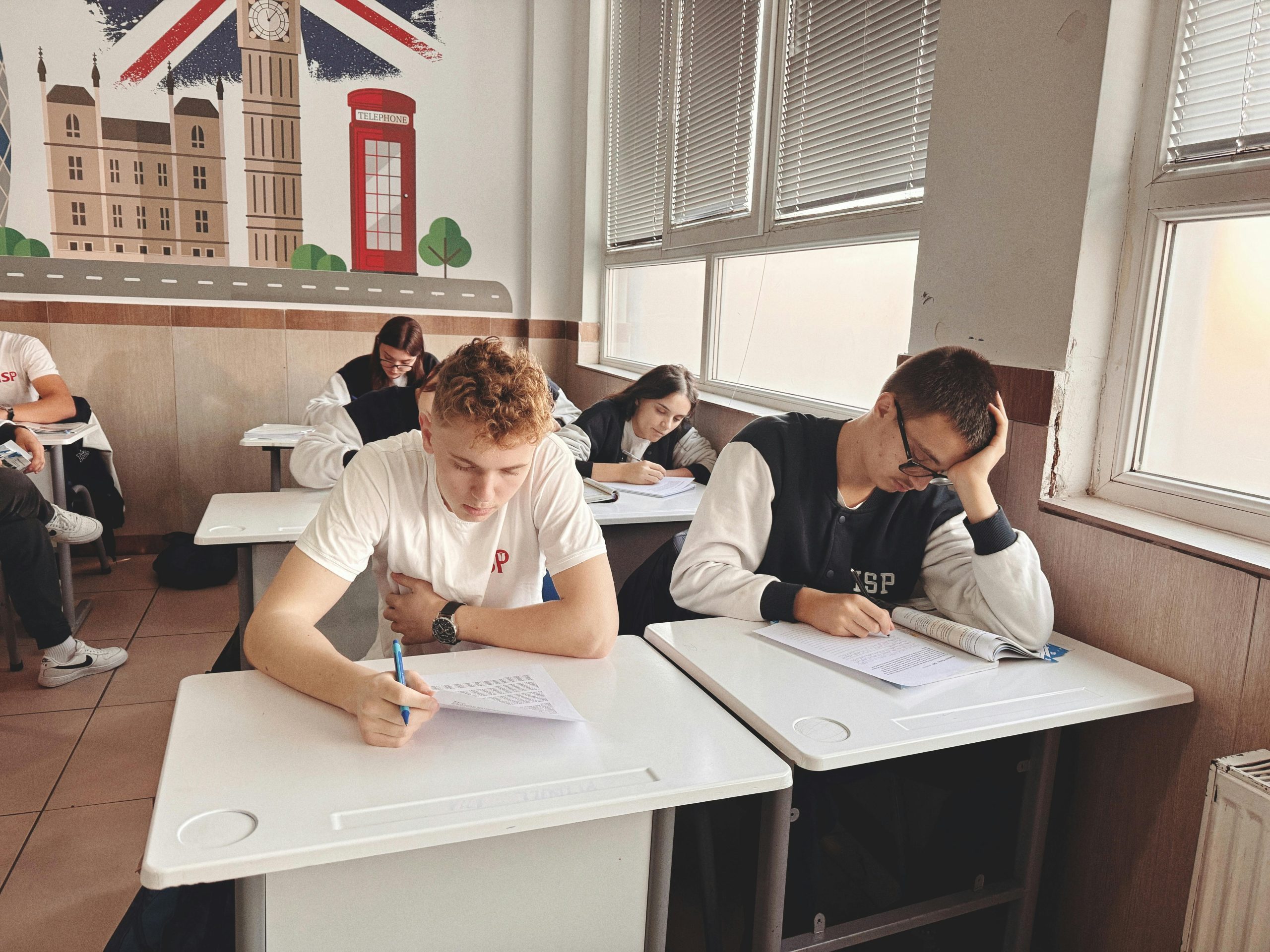Promoting Understanding and Challenging Stereotypes: A Call to Action
In today’s interconnected world, stereotypes continue to influence how we perceive different communities, often leading to division and misunderstanding. As part of my recent class project, I created two visual posters aimed at raising awareness about harmful misconceptions and encouraging dialogue. Here, I share insights from this assignment and invite your feedback and suggestions to help foster a more inclusive society.
Understanding In-Groups and Out-Groups
A fundamental factor behind societal divisions is how we see ourselves and others. Human beings tend to form affiliations with specific groups, known as in-groups, which provide a sense of belonging and shared identity. Naturally, we tend to favor members of our own group, attributing positive qualities to them. Conversely, those outside our circle, known as out-groups, are often viewed with suspicion or negativity. This dynamic—often summarized as “us versus them”—can lead to automatic assumptions and biases, laying the groundwork for stereotyping and prejudice. The lack of genuine understanding of those who are different from us perpetuates misconceptions and hampers social cohesion.
The Role of Media in Reinforcing Stereotypes
Media representations significantly influence how we perceive various communities. Unfortunately, biased or inaccurate portrayals often reinforce existing stereotypes. Sometimes these portrayals are overt, while at other times, they are subtle, shaping perceptions without our conscious awareness. An illustrative example is the controversy surrounding the popular Canadian sitcom Kim’s Convenience. Despite its popularity, critics noted that the show included culturally inaccurate and sometimes racist storylines that did not authentically represent Korean Canadians. According to actor Jean Yoon, the cast collectively expressed concern over these portrayals, highlighting how media can sometimes perpetuate harmful stereotypes. Over time, repeated exposure to such skewed portrayals desensitizes viewers and normalizes false assumptions, which can lead to discrimination and social discord.
Strategies for Breaking Down Stereotypes
Combating stereotypes requires proactive efforts at both individual and community levels. Here are some potent steps:
-
Raising Awareness: Encourage open conversations with friends and family. Share accurate information about different cultures through reputable sources to dispel misconceptions.
-
Authentic Representation: Support and amplify voices from within communities. When communities lead their narratives, they ensure that their stories are told truthfully and respectfully.
-
Personal Responsibility: Be vigilant in challenging racist or stereotypical comments when encountered. Each of us has a role in confronting misinformation and promoting
